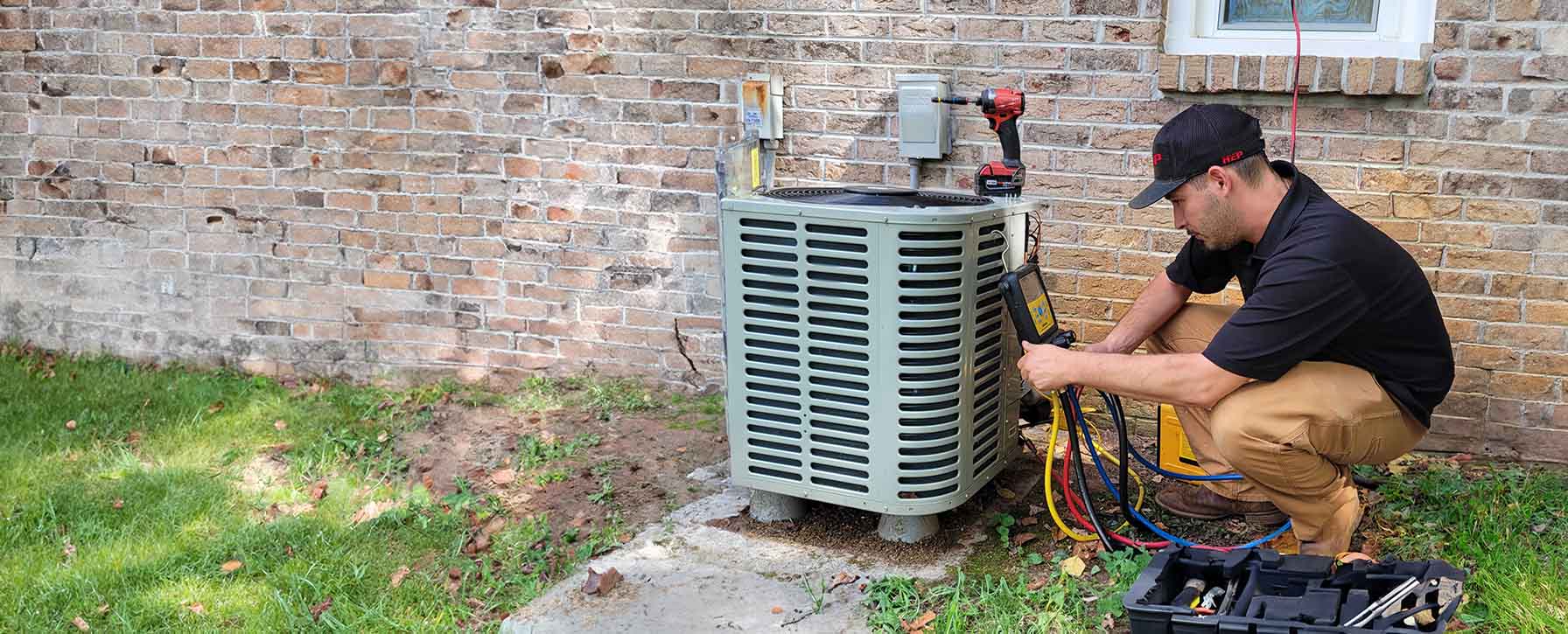

State-of-the-art Heating
Your trusted partner for professional home services. Quality workmanship, guaranteed satisfaction.




- HEP
- State-of-the-art Heating
State-of-the-art Heating | Ventilation and Air Quality | Heating and Air Conditioning | New Market
Feel the difference every season in New Market with HEP’s state-of-the-art heating and air conditioning services. Our certified technicians design and install high-efficiency systems that quietly maintain perfect temperatures while trimming energy costs. From smart thermostats to whisper-quiet heat pumps, we tailor every solution to your home’s unique layout—so comfort never takes a day off.
But true comfort is more than temperature control; it’s about cleaner, healthier air. HEP integrates advanced “ventilation and air quality” upgrades—think hospital-grade filtration, balanced humidity management, and whole-home fresh-air exchangers—so every breath feels crisp and pure. Ready to transform your indoor environment? Schedule your free in-home consultation today and discover why New Market homeowners trust HEP for complete comfort and peace of mind.
FAQs
What types of heating systems do you install, and which one is best suited to New Market’s climate?
We install high-efficiency gas furnaces, air-source heat pumps, dual-fuel (hybrid) systems, and ductless mini-splits. Because New Market sees a mix of cold winters and hot, humid summers, dual-fuel systems are often the most cost-effective: the heat pump handles mild weather efficiently, while a gas furnace or auxiliary heat engages only when outdoor temps dip below the heat pump’s optimum range. However, existing fuel availability, home insulation levels, and your energy-saving goals also influence the choice. During an on-site assessment, we measure heat loss, review utility rates, and help you compare lifetime operating costs before recommending the ideal system.
How often should my HVAC equipment be serviced, and what does maintenance include?
Both heating and cooling equipment should be professionally serviced twice a year—once in the spring for the air conditioner or heat pump and once in the fall for the furnace or backup heat source. A typical tune-up includes: inspecting and cleaning burners, heat exchangers, and evaporator coils; checking refrigerant pressures; tightening electrical connections; testing safety controls; lubricating moving parts; clearing condensate drains; and replacing or washing air filters. Regular maintenance keeps energy bills low, preserves manufacturer warranties, and helps us spot small issues—like worn belts or low refrigerant—before they cause costly breakdowns.
Can a smart thermostat really reduce my energy bills, and will it work with my current system?
Yes. EPA studies show smart thermostats can cut heating and cooling costs by 8–15 % by learning your schedule, adjusting temps automatically, and providing usage reports that encourage savings. Most modern smart thermostats are compatible with single-stage, two-stage, and variable-speed HVAC equipment. In older homes, we confirm you have a common (C) wire or install an external power kit. After installation, our technicians help you program comfort settings, integrate with voice assistants, and set geofencing so the system backs off when no one is home—all without sacrificing comfort.
What indoor air-quality (IAQ) solutions do you offer, and how do they benefit my family’s health?
We carry whole-home media air cleaners, hospital-grade HEPA filters, UV-C germicidal lamps, humidifiers, dehumidifiers, and energy-recovery ventilators (ERVs). Media and HEPA filters trap dust, pollen, and pet dander down to 0.3 microns, easing allergy and asthma symptoms. UV-C lamps deactivate mold spores and airborne viruses on contact. Proper humidity control (30–50 %) prevents static shocks in winter and reduces mold growth in summer. ERVs bring in fresh, filtered outdoor air while capturing outgoing heat or coolth, preventing stuffiness and lowering CO₂ levels—all of which create a healthier, more comfortable living environment.
Do high-efficiency HVAC units qualify for any rebates or tax incentives in New Market?
Yes. Through the Inflation Reduction Act and local utility programs, New Market residents can claim up to a $2,000 federal tax credit on qualifying heat pumps (≥15.2 SEER2 / 7.8 HSPF2) and up to $600 on high-efficiency furnaces (≥97 % AFUE). Potomac Edison also offers $200–$750 rebates on ENERGY STAR® certified systems and smart thermostats. We handle all paperwork, provide AHRI certification numbers, and supply proof of installation so you can maximize savings without the hassle.
What is the typical timeline and process for a complete HVAC replacement?
A standard residential HVAC replacement takes 1–2 days on site. Day 1 involves removing the old equipment, modifying ductwork or line sets as needed, setting the new indoor and outdoor units, and reconnecting gas, electrical, and refrigerant lines. Day 2 is for pressure testing, vacuuming the lines, charging with refrigerant, calibrating airflow, and performing a full system start-up. Before we leave, we walk you through thermostat operation, register your warranties, and review maintenance guidelines. Larger homes or duct revisions may add an extra day, but you’ll receive a detailed project schedule beforehand so there are no surprises.